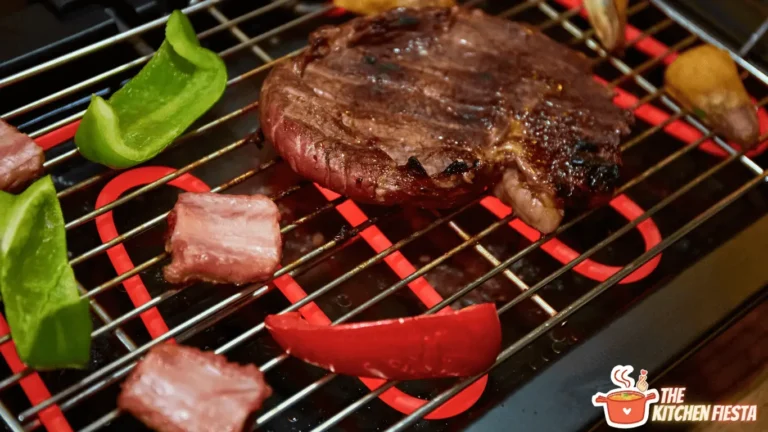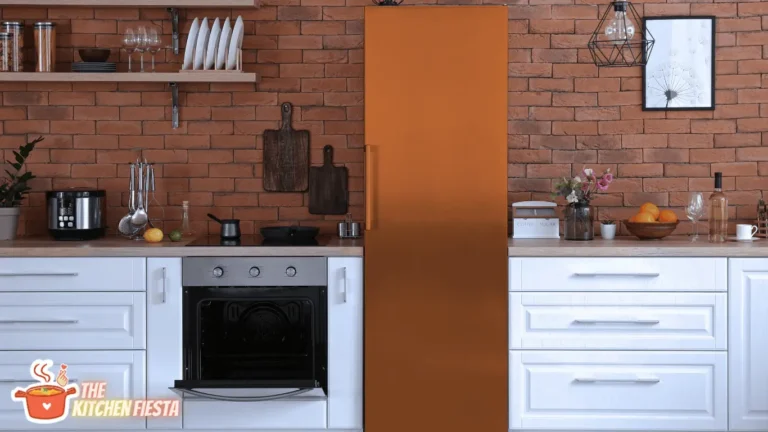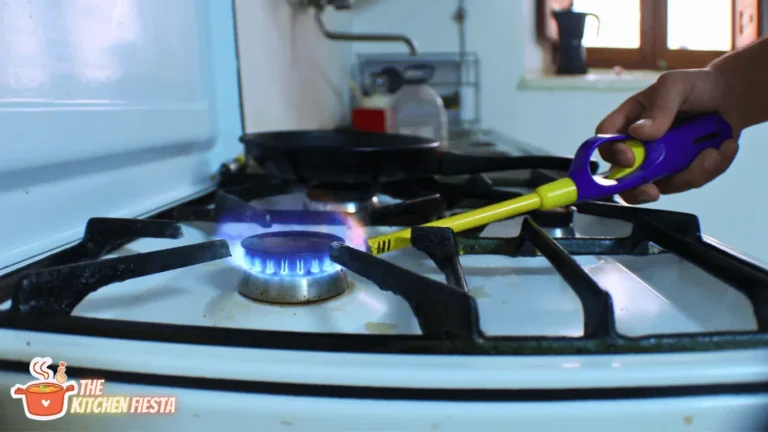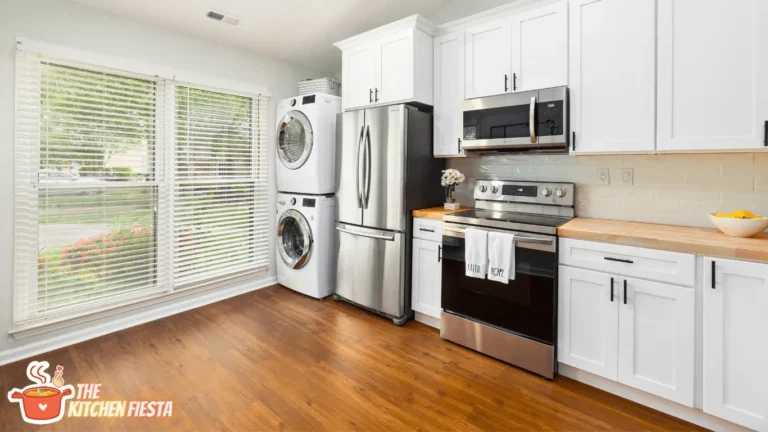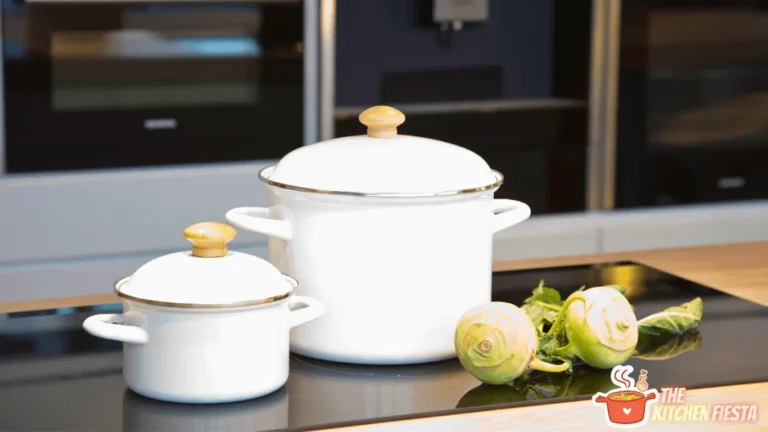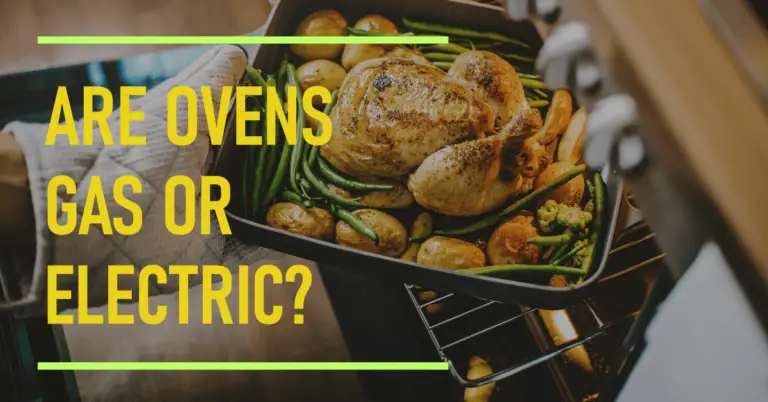Does the Back of a Stove Get Hot? Exploring the Temperature Distribution
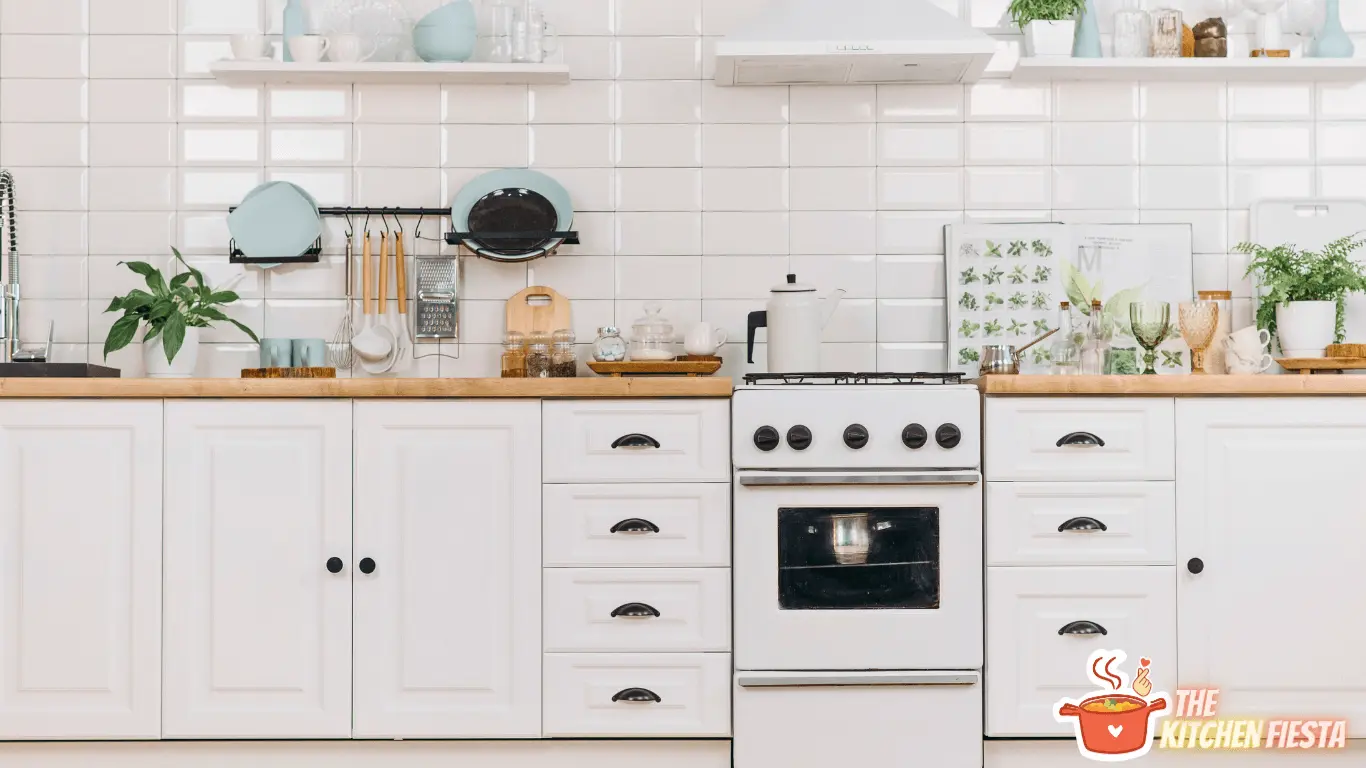
The question of whether the back of a stove gets hot is a common one, and the answer depends on several factors. Generally speaking, the back of a stove can get hot, especially when the oven is in use. Heat radiates from the stove’s burners in all directions, including toward the back of the stove, which can cause it to heat up.
However, not all stoves are created equal. Some stoves are designed to absorb heat while in use, reducing the heat that escapes through the control panel to the base. This can make the back of the stove less hot than it would be otherwise. Additionally, the amount of heat that radiates toward the back of the stove can vary depending on the type of stove and the specific model.
So, let’s explore how these kitchen appliances distribute heat, making our cooking experiences crispy and unique!
The Basics of Stove Heat Distribution
1. Heat Source
The heat source of a stove is typically located at the bottom of the cooktop. It can be powered by gas or electricity. When the heat source is turned on, it generates heat that is transferred to the stove cookware through a process called heat distribution.
2. Heat Conductivity
Heat conductivity refers to the ability of a material to conduct heat. The cookware used on a stove plays a crucial role in heat distribution. Cookware made of materials with high heat conductivity, such as copper and aluminum, transfers heat more efficiently than those with low heat conductivity, such as stainless steel and cast iron.
When a pot or pan is placed on a stove, heat is transferred from the heat source to the cookware through a combination of conduction and radiation. Conduction occurs when the cookware is in direct contact with the heat source. In contrast, radiation occurs when heat is transferred through the air between the heat source and the cookware.
To ensure even heat distribution, it is important to use cookware appropriate for the type of stove used. For example, flat-bottomed cookware is recommended for electric stoves. In contrast, cookware with a slightly curved bottom is recommended for gas stoves.
Understanding Stove Back Heat
When cooking on a stove, it is common to feel the heat emanating from the back of the appliance. This can concern some people, especially if they have small children or pets. In this section, we will explore the factors contributing to the back of a stove getting hot.
1. Material Factors
The type of material used to construct a stove can affect how much heat is radiated from the back. Stoves made of metal are more likely to heat up quickly and retain heat for longer than those made of other materials such as ceramic or glass. This is because metal is a good conductor of heat and can easily transfer heat from the burners to the back of the stove.
2. Design Factors
The design of a stove can also impact the amount of heat that is radiated from the back. Stoves with a flat back surface radiate more heat than stoves with curved or angled backs. This is because flat surfaces have a larger surface area, which allows for more heat to be transferred to the surrounding air.
3. Usage Factors
The way a stove is used can also affect the amount of heat that is radiated from the back. For example, suppose a stove is used for an extended period or at high temperatures. In that case, the back of the stove will likely get hotter than if used for shorter periods or at lower temperatures. Additionally, if the stove is not properly ventilated, the heat from the burners can build up and cause the back of the stove to get hotter than normal.
Safety Measures for Stove Back Heat
When using a stove, it is important to know the potential risks associated with the heat generated at the back of the appliance. Here are some safety measures that can be taken to prevent accidents and ensure safe use of the stove:
- Keep flammable materials away from the stove: The heat generated at the back of the stove can ignite flammable materials such as paper, curtains, or plastic. Keeping these materials at a safe distance from the stove is important to prevent fires.
- Install a heat shield: A heat shield can be installed on the wall behind the stove to protect it from the heat generated by the appliance. This can also prevent the wall from catching fire.
- Use the stove’s back burners: When using the stove, it is recommended to use the back burners instead of the front ones. This can help reduce the risk of accidental burns or fires.
- Keep children and pets away from the stove: Children and pets are naturally curious and may be tempted to touch or play near it. It is important to keep them away from the stove to prevent accidents.
- Use oven mitts or pot holders: When handling hot pots or pans, it is important to use oven mitts or pot holders to prevent burns. This is especially important when reaching over the stove to use the back burners.
- Clean the stove regularly: A dirty stove can be a fire hazard. It is important to clean the stove regularly to prevent the buildup of grease and other flammable materials.
Potential Risks and Solutions
Overheating Risks
The back of a stove can get hot, posing various risks. If the stove is not installed correctly, or if it is not maintained properly, the heat from the stove can cause damage to the surrounding area. For instance, it can melt the plastic coating on the wall behind the stove or cause the wallpaper to peel off. Additionally, if the stove is too close to combustible materials, such as curtains or paper, it can cause a fire.
Furthermore, if the stove is not ventilated properly, it can cause carbon monoxide poisoning. Carbon monoxide is an odorless, colorless gas that can cause headaches, nausea, and dizziness. In severe cases, it can cause death.
Preventive Actions
To prevent overheating risks, it is important to take preventive actions. Here are some tips to keep in mind:
- Keep the stove at least three feet away from combustible materials.
- Make sure the stove is installed correctly and vented properly.
- Use the back burners first, so hot pots are further from the edge.
- Clean the stove regularly to prevent the buildup of grease and debris.
- Use the right size pots and pans for the burners.
- Replace worn-out or deteriorated parts, such as the insulation or drip pans.
- Install a carbon monoxide detector near the stove.
By taking these preventive actions, you can reduce the risk of overheating and ensure that your stove is safe to use.
Conclusion
In summary, the heat levels on the back of a stove can vary depending on stove type and various factors. Gas stoves may face faulty components or poor insulation issues, while wood stoves can reach dangerously high temperatures. Additionally, uneven heat distribution and other factors can prevent stove tops from getting excessively hot.
To mitigate safety risks, using pot holders and trivets on the stove’s back, ensuring proper maintenance, and avoiding oversized cookware are essential precautions. Awareness of potential hot spots and regular inspections of gas stoves are crucial for identifying and addressing any underlying issues.
By being mindful of stove heat and taking necessary precautions, one can maintain a safe and functional cooking environment, preventing accidents and ensuring a positive cooking experience.
Frequently Asked Questions
Does the area behind a stove get hot?
Yes, the area behind a stove can get hot when the stove is in use. The amount of heat generated depends on the type of stove, the power of the burners, and the length of time the stove is used.
How hot can the back of an electric stove get?
The back of an electric stove can get hot, reaching up to 700 degrees Fahrenheit. It is important to keep flammable materials away from the stove to prevent fires.
Why does the back burner get hot when the oven is on?
The back burner can get hot when the oven is on because it is near the vent that releases hot air. This is a normal occurrence and should not be a cause for concern.
Is it normal for the back of a gas stove to get hot?
Yes, it is normal for the back of a gas stove to get hot. Natural gas flames can burn as hot as 3,560 degrees Fahrenheit, and the back of a stove can get hot enough to cause injury if not taken care of timely.
Can the heat from a stove damage nearby walls or cabinets?
Yes, the heat from a stove can damage nearby walls or cabinets if they are made of flammable materials. It is important to keep flammable materials away from the stove and to use heat-resistant materials to protect nearby surfaces.
Are there any safety concerns with a hot back of a stove?
Yes, there are safety concerns with a hot back of a stove. It is important to keep flammable materials away from the stove and to use heat-resistant materials to protect nearby surfaces. Additionally, it is important to keep children and pets away from the stove when it is in use.

